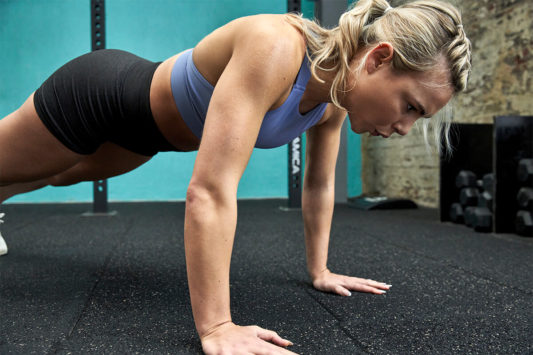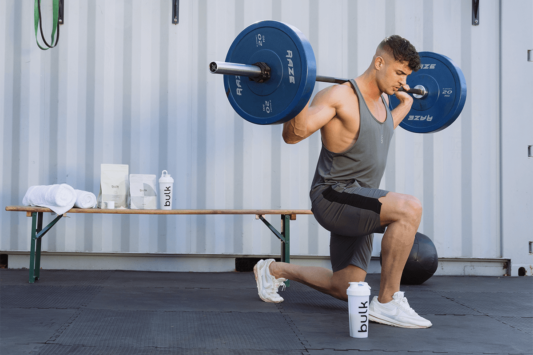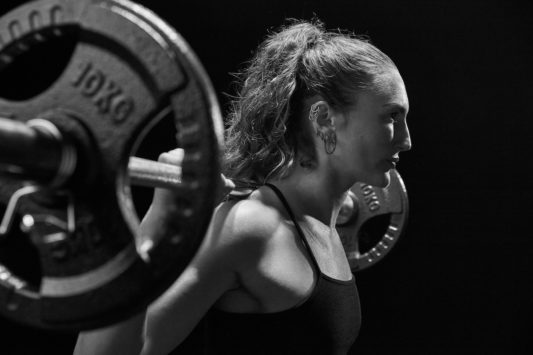Unless you’re one of the lucky ones to have a rack of dumbbells and a barbell at home, many of us will have just spent a solid 12-16 weeks crying ourselves through high-volume, low-intensity home workouts. In this round-up, we’ll go through the top 3 nutrition tips to make the most out of your gym comeback.
Alongside reduced training intensity (essentially, an unintentional, 12-16 week de-load period), it’s highly likely that focus on nutrition has also shifted.
Chocolate, cakes and crisps became priority more often than usual in your diet instead of more nutrient-dense, minimally processed foods like lean proteins, fruits, vegetables, whole grains, nuts, beans or legumes. So, when we get back into the gym, what should we be prioritising to maximise our training performance, and minimise the risk of injury? Read on to find out.
Top 3 Nutrition Tips
Protein
Whilst resistance training may have practically been at an all-time low, protein requirements may also be lower. Throw in more intense, regular stimuli to those muscles again and instantly, your need for protein will shoot right back up. You should aim to consume a daily protein intake according to your goals. Roughly, 1.6-2.2g/kg per day is fit for most training purposes.
At least 20-40 g of the daily total should be in your system within 2 hours of your training session. It doesn’t matter if this is before or after, as long as it’s around training. This will enable muscle protein synthesis (MPS – essentially, gains!) to outweigh muscle protein breakdown, which will kickstart both the adaptation and recovery process to and from your session.
As an example, your average scoop of whey protein powder contains 20 g of protein. This is a brilliant convenient option particularly for those who are on the go.
Hydration
It takes only ~2% dehydration for your exercise performance to be potentially impaired.
Starting your session dehydrated could lead to feelings of lethargy, headaches, reduced strength, increased RPE (training feels harder), and most critically, reduced blood pressure. This latter is especially problematic when lifting heavy weights around… even worse when lifting them above your head – think Olympic lifting!
Start your session hydrated, take sips throughout, and ensure you stay hydrated after and at all times. The best way to monitor your hydration? Check the colour of your pee! The lighter, the better.
Carbohydrates
Lastly, an absolute favourite. If (once you’ve eased back into more ‘normal’ training routine) you want to lift your best, feel your strongest, fittest, most badass and outperform your peers… carbohydrates are KEY.
Consuming carbs before workouts will ensure optimal performance. They will be the predominant substrate to fuel resistance training, conditioning, HIIT sessions, spin classes, and for some Olympic lifting sessions.
I’d suggest you aim to consume complex carbohydrates such as oats, potatoes, rice, pasta, bread, fruits, anywhere between 1-4 hours prior to your workout.
Within 1 hour of pre-training, I’d only recommend easily digestible fruit such as a banana, or liquid carbohydrates, to minimise GI discomfort (nobody wants to feel unwell mid-session).
So there are your 3 key take-homes – Protein, Hydrate, & Carbohydrate – a magical trio.
Happy training!
About the author
Jen Preston is an MNU Certified Nutritionist, GP Practice Pharmacist. She’s been passionate about nutrition and training for over a decade and works 1-2-1 with clients to provide nutritional support. You can find her on Instagram and Facebook for more tips.










